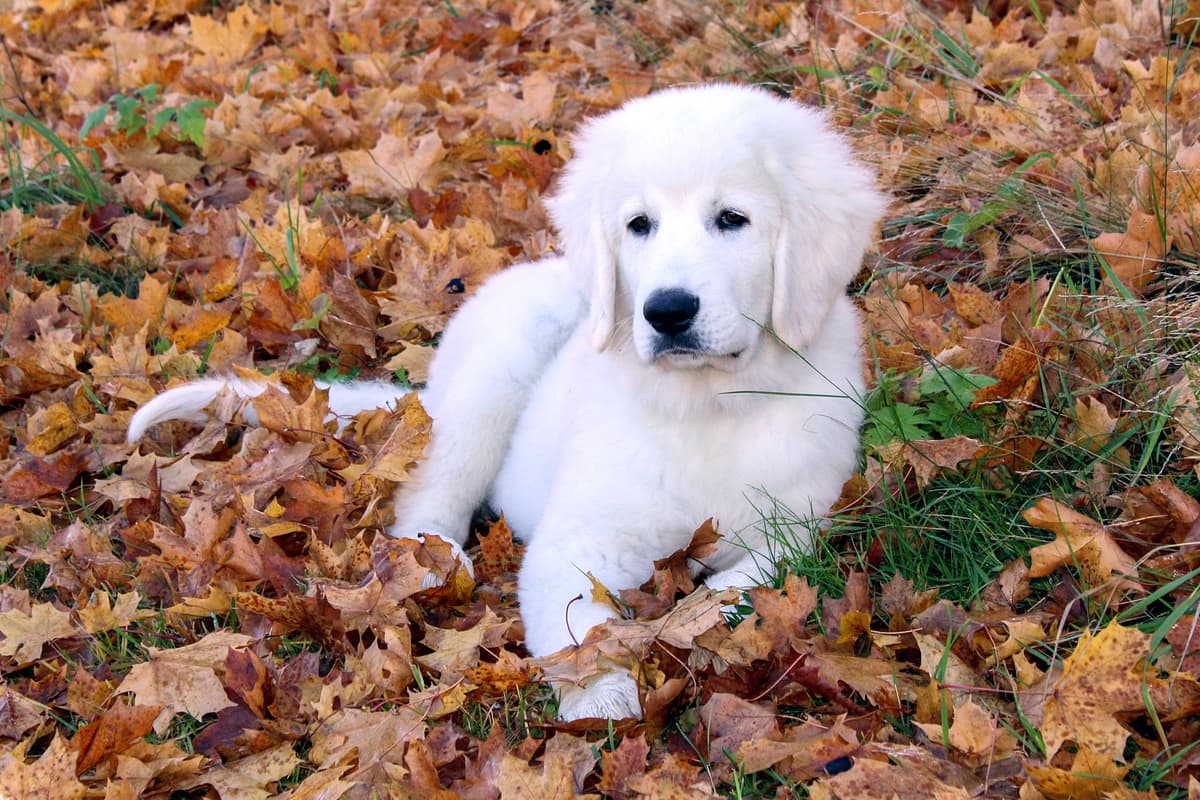Tatra Shepherd Dog vs English Bulldog
Discover the differences between Tatra Shepherd Dog and English Bulldog to make the best choice for your situation.
Try different breeds

Tatra Shepherd Dog
Confident, loyal, and protective, this large white guardian thrives with families and excels at watching over home and livestock. Naturally calm yet alert, the breed forms strong bonds.

English Bulldog
Stocky, courageous, and affectionate, this breed charms with its wrinkled face and calm nature. Loyal and gentle, it thrives as a loving family companion.
Quick comparison
Large
40–60 kg
Double coat, dense undercoat
10–12 years
35–50 kg
Moderately active
Medium
23–25 kg
Short, smooth
8–10 years
18–23 kg
Low activity needs
Personality & behavior
Compare the personality traits and behavioral characteristics of both breeds.
Tatra Shepherd Dog
Reserved but gentle with family and friends
Quick learner, responds well to training
Moderate stamina, enjoys regular outdoor activity
Not highly playful, prefers purposeful tasks
Adjusts to new situations with some guidance
English Bulldog
Affectionate and gentle with family and children
Learns basic commands with some patience
Prefers lounging over vigorous physical activity
Enjoys play but tires fairly quickly
Adjusts well to most living environments
Care needs
Exercise, grooming, and daily care requirements
Tatra Shepherd Dog
Hip dysplasia, progressive retinal atrophy
English Bulldog
Brachycephalic syndrome, skin fold infections
Suitability
How well each breed fits different living situations and families
Tatra Shepherd Dog
Challenging for beginners
Needs experienced, confident handlers to manage strong will and size
Not recommended
Requires ample space and dislikes confined environments
Highly suitable
Enjoys vigorous activity and thrives with daily exercise and mental stimulation
Good with supervision
Generally gentle but large size needs extra care around small children
May be selective
Can coexist but may show dominance toward other animals
Not suitable
Prone to boredom and anxiety if left alone for extended periods
English Bulldog
Good option
Easygoing, low-maintenance nature suits owners with limited dog experience
Excellent fit
Moderate exercise needs and calm demeanor work well in small living spaces
Not ideal
Low stamina and breathing issues make them unsuited for high-activity lifestyles
Very suitable
Gentle, patient, and tolerant with young children when properly socialized
Usually compatible
Generally sociable but may need guidance with other pets, especially dogs
Not recommended
They struggle with long periods alone and are prone to separation anxiety
Breed strengths
What each breed excels at and their best qualities
Tatra Shepherd Dog
- Loyal to family and protective instincts
- Excellent livestock guardian skills
- Highly intelligent and trainable
- Calm and steady disposition
- Adaptable to various climates
English Bulldog
- Affectionate with family members
- Generally good with children
- Low exercise requirements
- Minimal grooming needs
- Adaptable to apartment living
Challenges & considerations
Potential challenges and considerations for each breed
Tatra Shepherd Dog
- Can be wary of strangers
- Needs regular mental stimulation
- Prone to stubbornness if under-trained
- Requires ample space to thrive
- Heavy seasonal shedding and grooming needs
English Bulldog
- Prone to respiratory problems
- High risk of overheating
- Susceptible to skin infections
- Can be stubborn during training
- Tends to drool frequently
Ready to choose your perfect breed?
Learn more about each breed or compare other breeds to find the perfect match for your lifestyle.
Discover more helpful tools
Make use of our other free tools to get the most out of your pet experience
